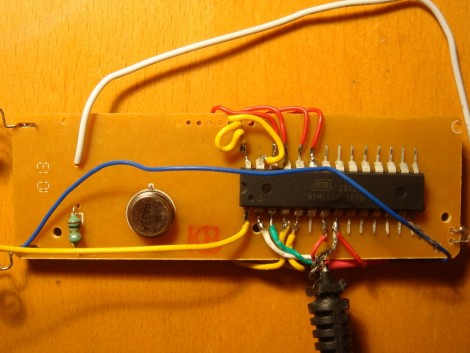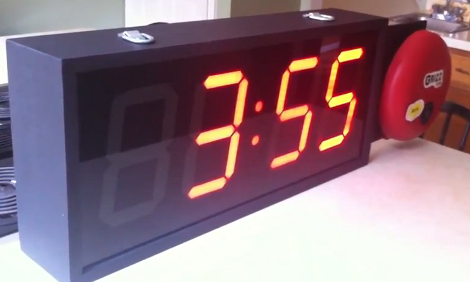If you’ve ever wondered how a helicopter is able to fly, or would just like to see some awesome RC piloting, the four videos after the break should be just the thing! Although the basic physics of how one works is explained in the last three, one would still be hard pressed to explain how [Carl] is able to fly his RC helo the way he does. The video has to be seen to be believed or even explained, but one of the simpler tricks involved taking off a few feet, doing a forward flip, and flying off backwards and upside-down!
As explained in detail in the other videos, a helicopter is controlled by something called a swash plate on the main rotor, which in short translates a linear action into a rotational one. The same thing is done with the tail rotor, but you’ll have to check out the videos after the break for a full explanation! Really ingenious that someone could come up with this analog control system to use before computers were available.
Of particular interest to physics geeks, an explanation of gyroscopic precession is given in the fourth video. Controlling a helicopter may not work exactly the way you thought!

















